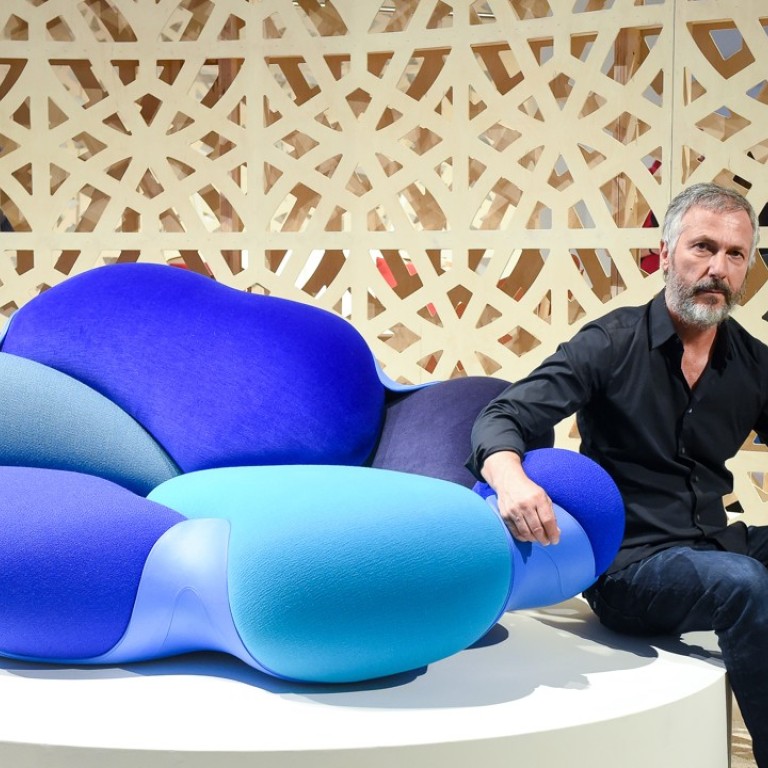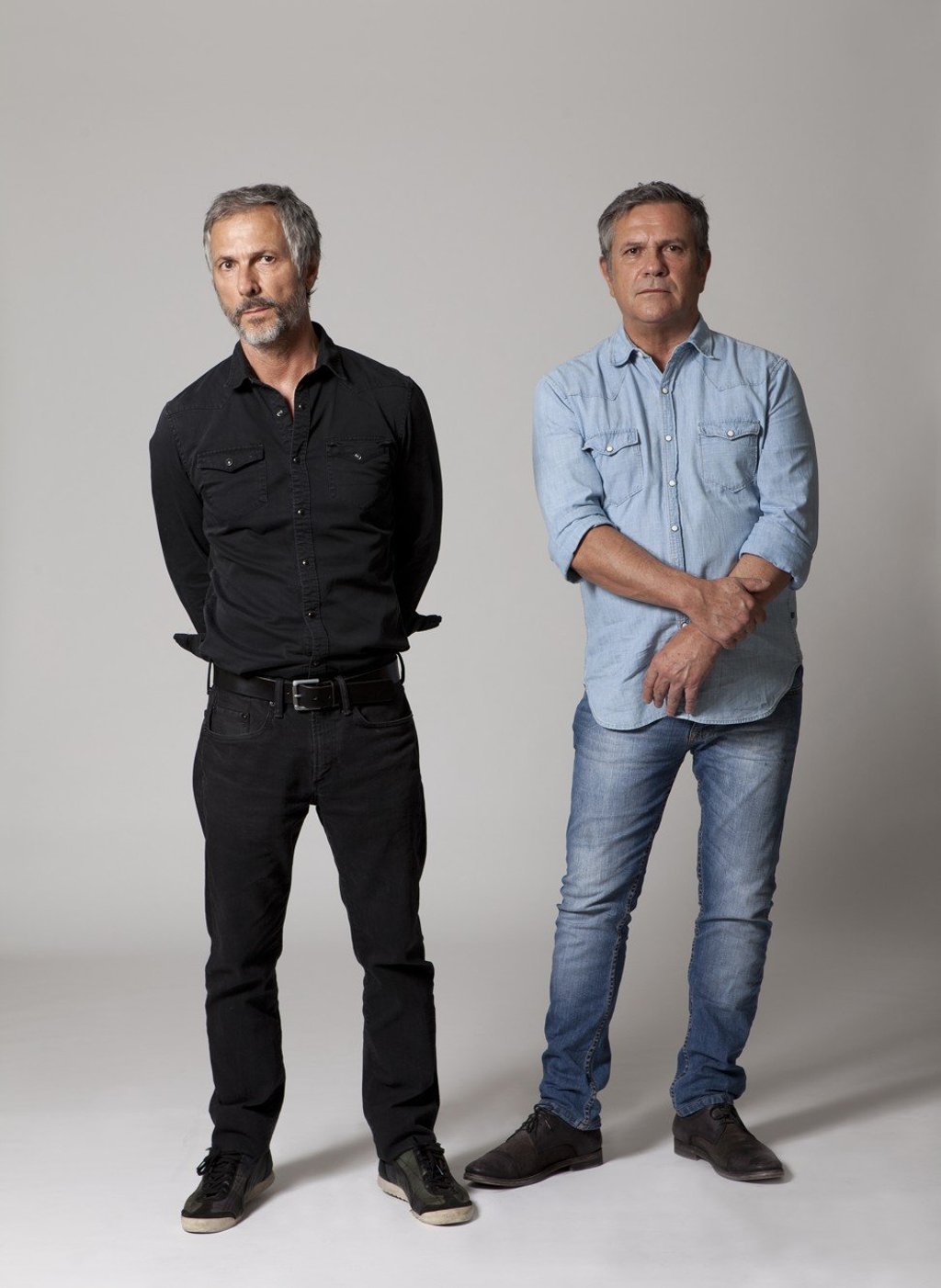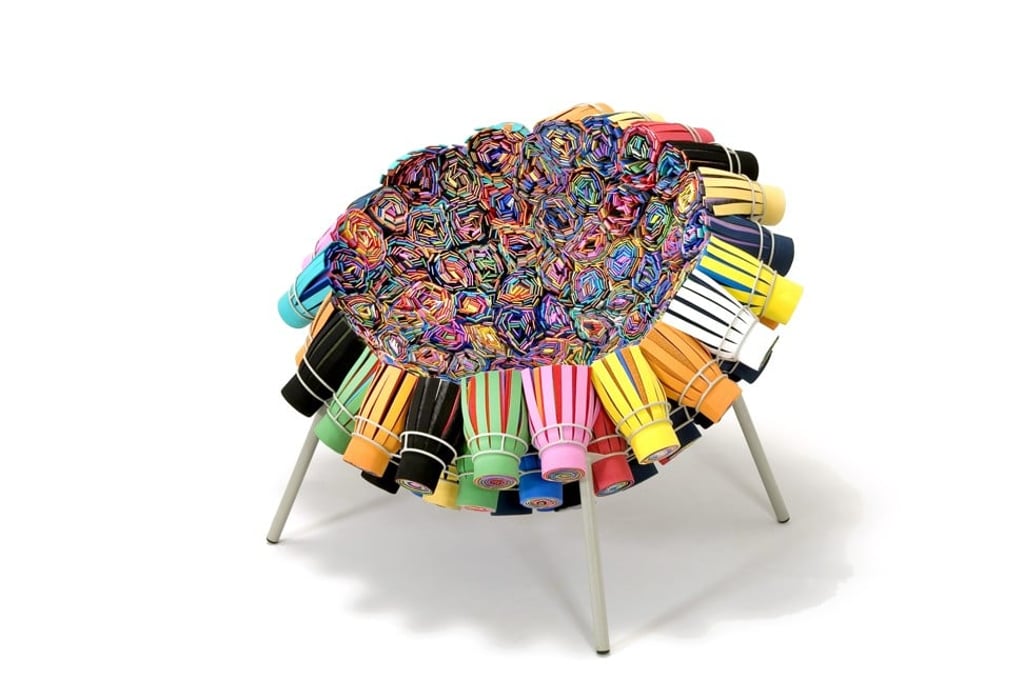Why the Campana brothers favour kitsch over Scandi minimalism

The Brazilian designers use elements of their colourful culture in the their work, and approach projects with a sense of exuberance and a love for novel materials
OCCUPATION:
Product designers
WORDS OF INSPIRATION:
“Find that singularity [in your work]. It’s important to communicate where you come from, to reveal your background in a very true way. That’s getting harder with globalisation, but you have to separate out from that.
“Our work is hybrid because we [in Brazil] belong to a very hybrid society. Many societies have a rich cultural atmosphere, East meets West, a melting pot, and Brazil is a very much a fusion of races that makes it a very colourful culture. We adopt those elements in our work. It’s kitsch, but in a good way. You can honour kitsch. It doesn’t all have to be Scandinavian minimalism.”
– Humberto Campana
“If I wasn’t working as a designer, I’d be a gardener,” laughs Humberto Campana, one half of the Brazilian product design duo which goes by his last name. “There would be no stress, no need to talk to anyone. Just look after the plants, put a seed in, and watch it grow. It would be like playing god.”
Humberto and his brother Fernando, like Philippe Starck, Marc Newson and the Bouroullec brothers, have succeeded in making their name synonymous with a successful brand. Campana’s success has not come overnight. The brothers have been working together since 1983, developing a signature style which uses unusual materials in unexpected ways. That has resulted in creations like a Vermelha chair made from brightly coloured rope they found in a market in their home city of Sao Paulo, and a favela chair made from scrap wood they scavenged from local streets.
The brothers take a hands-on approach to design, says Humberto, and draw inspiration from their finds. “The material drives us to the object, its functionality, and its shape,” he says. “The material is like a character looking for an outlet. I start a dialogue with the material by literally touching it, and the object comes out of that dialogue.” Creating something new can be a challenge, he adds: “It’s difficult to be individual in our world, as it’s so full of ideas, so full of information. So you have to focus on your own sense of who you are. You have to ask, is this Campana? Or am I doing someone else’s work?”

